Uncle McDonald went from milkshake machine salesman to a global fast food empire
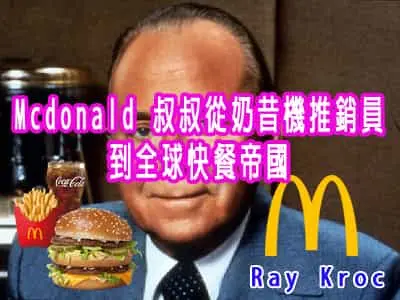
Table of contents
Ray Kroc(Ray Kroc) is the storyThe American DreamRay Kroc is a classic example of a man who, despite not being the original founder of McDonald's, transformed a small hamburger restaurant in San Bernardino, California, into one of the world's most influential fast-food brands through his remarkable business vision and tireless efforts. His story is filled with challenges, innovations, and inspiring successes, demonstrating how an ordinary man achieved extraordinary success through perseverance and ingenuity. This article will detail Ray Kroc's life and the development of McDonald's, clearly presenting the key stages of his entrepreneurial journey through charts and a timeline.
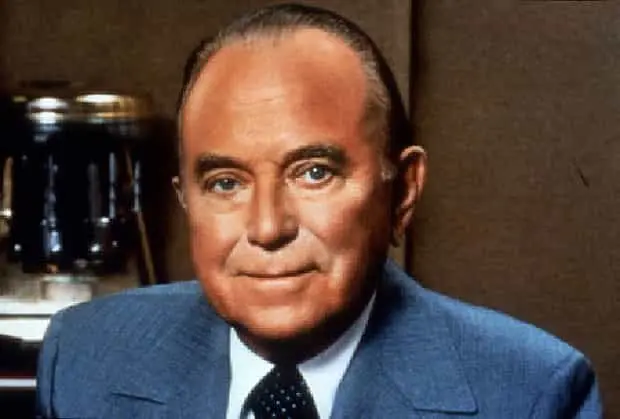
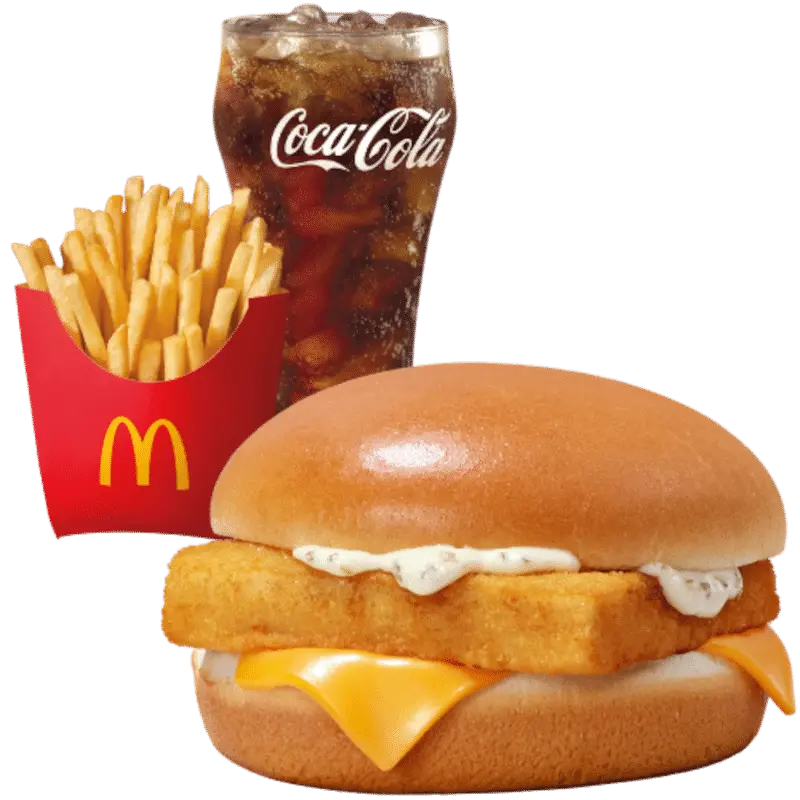
Early life and struggles
1902-1954: From Ordinariness to Opportunity
Ray Kroc was born on October 5, 1902, in Oak Park, Illinois, to Czech immigrant parents from a modest family. As a young man, Kroc displayed an entrepreneurial spirit, selling lemonade and running small businesses. During World War I, he falsified his age to join the Red Cross as an ambulance driver, a move that showcased his bold personality.
During the Great Depression, Kroc forgoes college to pursue a career in real estate, developing a keen understanding of business and markets. However, the outbreak of World War II brought his real estate career to a halt. He subsequently became a milkshake salesman, selling Multimixer machines. While stable, this job didn't lead to his dream of wealth. It wasn't until 1954, at the age of 52, that Kroc encountered an opportunity that changed his life.
During a sales call, Kroc noticed that a McDonald's restaurant in San Bernardino, California, had ordered eight milkshake machines. This unusual order piqued his curiosity, and he decided to visit the restaurant himself to find out.
Early life
- 1902: Ray Kroc was born in Oak Park, Illinois.
- 1917: Falsified his age to join the Red Cross and worked as an ambulance driver.
- 1920s-1930s: He worked in a variety of professions, including paper cup salesman, piano player, and real estate agent.
- 1940s: Become a Multimixer milkshake machine salesman.
- 1954: Discover the McDonald brothers' restaurant and start a new chapter in your life.
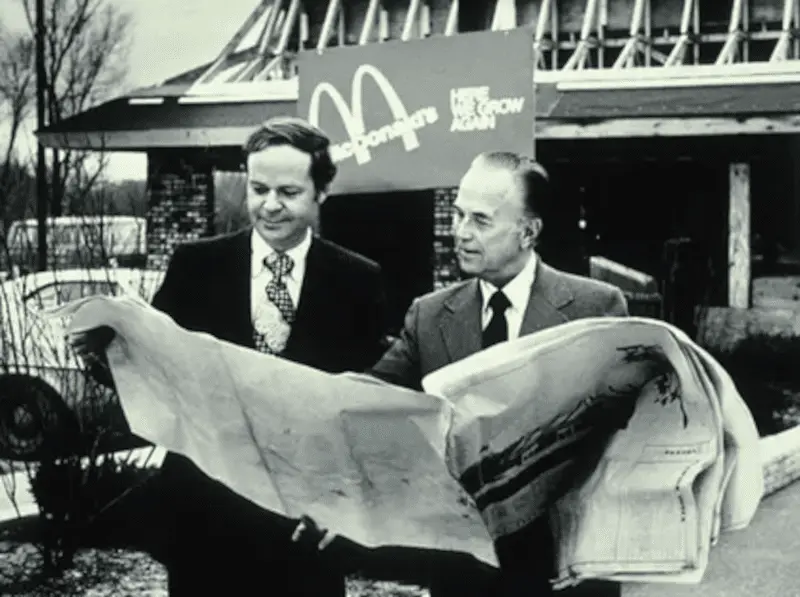
Encounter with the McDonald brothers
1954: Discovery of the "Quick Service System"
When Kroc arrived at the McDonald's restaurant in San Bernardino, he was stunned by what he saw. This small restaurant, run by brothers Richard (Dick) and Maurice (Mac) McDonald, attracted a large customer base despite its small size. The restaurant employed the "Speedee Service System," which dramatically improved efficiency through a simplified menu (offering only a few items like burgers, fries, and drinks), assembly-line operations, and fast service. Customers received their meals in 15 seconds, a revolutionary change in the restaurant industry at the time.
The McDonald brothers' restaurants were not only efficient but also focused on quality and cleanliness, a stark contrast to the dingy roadside restaurants of the time. Kroc immediately recognized the potential of this system to transform the restaurant industry. He saw a huge opportunity to replicate this model nationwide, and even globally.
Challenge and persuasion
However, the McDonald brothers had no interest in expansion. Their restaurant brought in approximately $100,000 in annual revenue (equivalent to over $1 million today), and they were content with the status quo and unwilling to take the risk of expansion. Kroc spent considerable time and effort, repeatedly visiting the brothers to try to convince them to franchise their restaurants. Ultimately, he offered them an unfair contract that disadvantaged him, promising to keep the majority of the profits for the McDonald brothers and retain only a small portion. This ultimately persuaded the brothers to agree.
Cooperation with the McDonald brothers
- 1954: Kroc visits a McDonald's restaurant in San Bernardino and discovers the "Quick Service System."
- 1955: A franchise agreement was reached with the McDonald brothers, giving Kroc the right to expand nationwide.
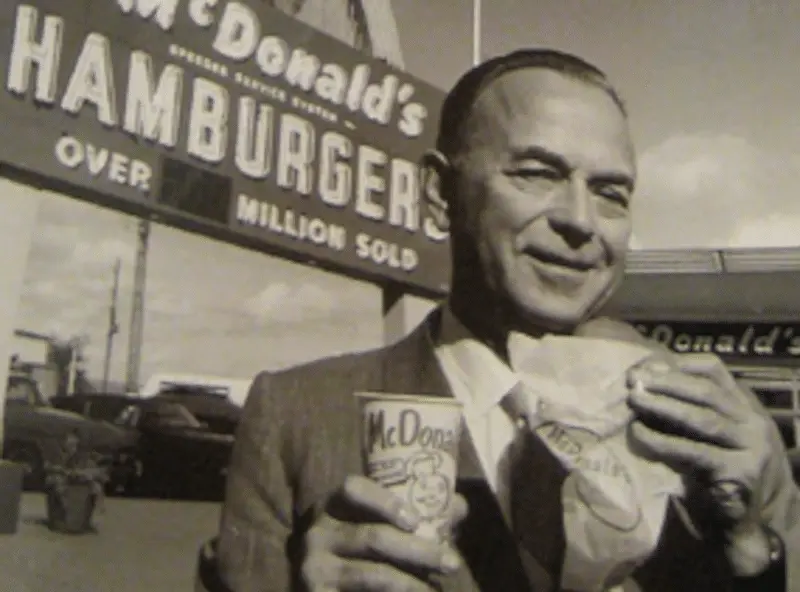
McDonald's Early Expansion
1955: First franchise store
In 1955, Kroc opened the first McDonald's franchise in Des Plaines, Illinois. This restaurant became the starting point for the McDonald's brand and marked Kroc's official entrepreneurial journey. He founded McDonald's System, Inc. and established strict operating standards to ensure consistent quality, service, and cleanliness in every restaurant.
Early Challenges
Kroc faced numerous challenges in his early expansion. First, attracting franchisees willing to adhere to his stringent standards was difficult. Many potential franchisees resisted Kroc's demands, such as a uniform menu, cleanliness, and fast service. Second, the financial pressure was immense. Kroc invested all his savings and took on significant debt to fund the expansion. Profits from the early franchises were slim, and he often had to raise funds to maintain operations.
Despite this, Kroc's vision for McDonald's never wavered. He believed that McDonald's would stand out by insisting on quality and consistency. He introduced a detailed operating manual that regulated every detail, from burger making to restaurant cleanliness, laying the foundation for its subsequent success.
Early expansion
- 1955: The first McDonald's franchise opened in Des Plaines.
- 1956: Founded the Franchise Realty Corporation and began to control restaurant land.
- 1959: McDonald's has 100 branches in the United States.

Business innovation and breakthroughs
Standardized Operations: The Creation of the University of Hamburg
To ensure that every McDonald's restaurant offered the same experience, Kroc established Hamburger University in 1961 to train franchisees and managers. This initiative ensured that McDonald's principles of Quality, Service, Cleanliness, and Value (QSC&V) were deeply embedded in every restaurant. Hamburger University not only taught operational procedures but also imparted brand culture, becoming a key to McDonald's success.
Menu innovation
Although McDonald's initially had a very simple menu, as it expanded, Kroc allowed for limited innovation to attract more customers. For example:
- 1968: Franchisee Jim Delligatti invented the Big Mac, which became McDonald's most iconic product.
- 1965: Launched "Filet-O-Fish" to meet the needs of religious holidays.
- 1975: Launched the "Egg McMuffin" to expand into the breakfast market.
- 1979: Launched the "Happy Meal", targeting the children's market and coming with free toys.
These innovations have increased McDonald's appeal while maintaining brand consistency.
Real Estate Strategy
One of Kroc's most shrewd business strategies was his real estate investment. At the suggestion of Harry Sonneborn, Kroc founded Franchise Real Estate, Inc., which created a stable revenue stream by purchasing land and leasing it to franchisees. This strategy not only brought McDonald's wealth but also gave the company greater control over franchisees, ensuring adherence to brand standards.
Business Innovation
- 1961: Founded Hamburg University and began systematic training.
- 1965: Launched Filet-O-Fish and expanded the menu.
- 1968: Launch of the Big Mac, which becomes a global bestseller.
- 1975: Launch egg burgers to expand into the breakfast market.
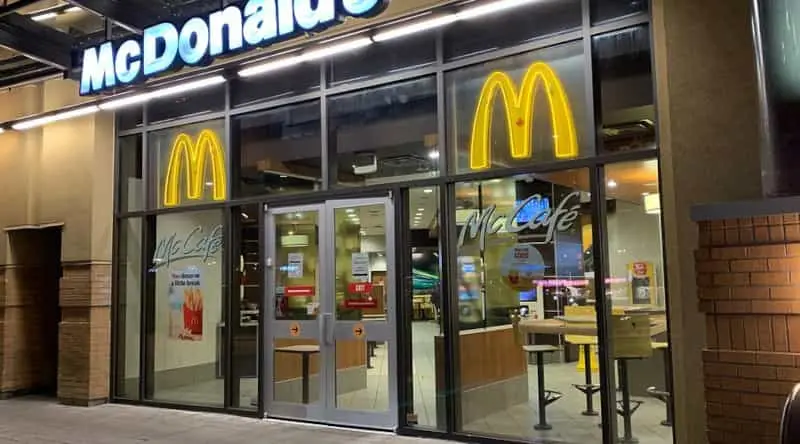
Breaking up with the McDonald brothers
1961: Acquires McDonald's
As McDonald's rapidly expanded, Kroc's relationship with the McDonald brothers gradually deteriorated. The brothers preferred to maintain a small-scale operation, while Kroc pursued national and even global expansion. This difference in philosophy led to numerous arguments. Ultimately, in 1961, Kroc bought out the rights to the McDonald's brand for $2.7 million, becoming the sole owner.
However, the deal was fraught with controversy. The McDonald brothers argued they were entitled to a 0.5% share of franchise profits, but because the verbal agreement was not written into the contract, they ultimately received none. Furthermore, Kroc opened a new McDonald's near the brothers' original San Bernardino restaurant, forcing their restaurant (renamed "The Big M") to close. This move was criticized as unethical, but Kroc argued it was necessary to protect the brand.
Breaking up with the McDonald brothers
- 1961: Kroc bought out the McDonald's brand rights for $2.7 million.
- 1962: The McDonald brothers' original restaurant closed due to competition.
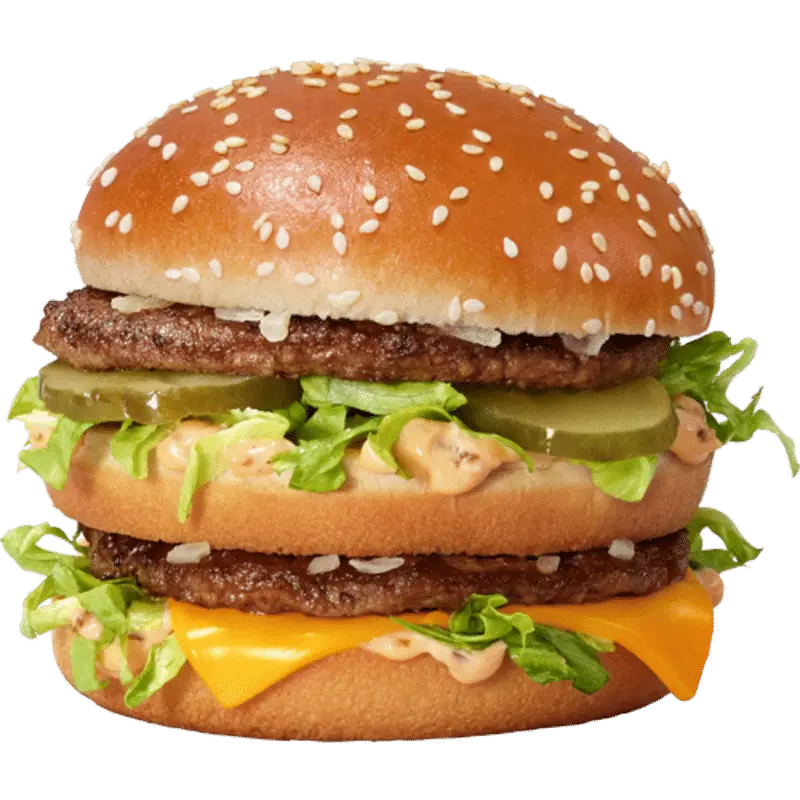
The creation of a global empire
1970s: International expansion
Under Kroc's leadership, McDonald's began expanding into international markets. In 1967, McDonald's opened its first overseas branch in Canada, followed by expansion into Europe, Asia, and Australia. Kroc insisted on maintaining brand consistency in each market while allowing for adjustments to suit local tastes. For example, McDonald's in Japan introduced the Teriyaki Burger, while McDonald's in India offered vegetarian options.
By the end of the 1970s, McDonald's had 7,500 restaurants in 31 countries, making it the global leader in the fast-food industry. Kroc's globalization strategy not only expanded the brand's influence but also brought fast-food culture to the world.
Financial success
Under Kroc's leadership, McDonald's revenue grew from hundreds of thousands of dollars to $8 billion by the time of his death in 1984. Today, McDonald's has a market capitalization of over $150 billion and more than 38,000 restaurants worldwide.
Global expansion
- 1967: Opened the first overseas branch in Canada.
- 1970s: Entered the European, Asian and Australian markets.
- 1984: When Kroc died, McDonald's had 7,500 stores and annual revenue of $8 billion.
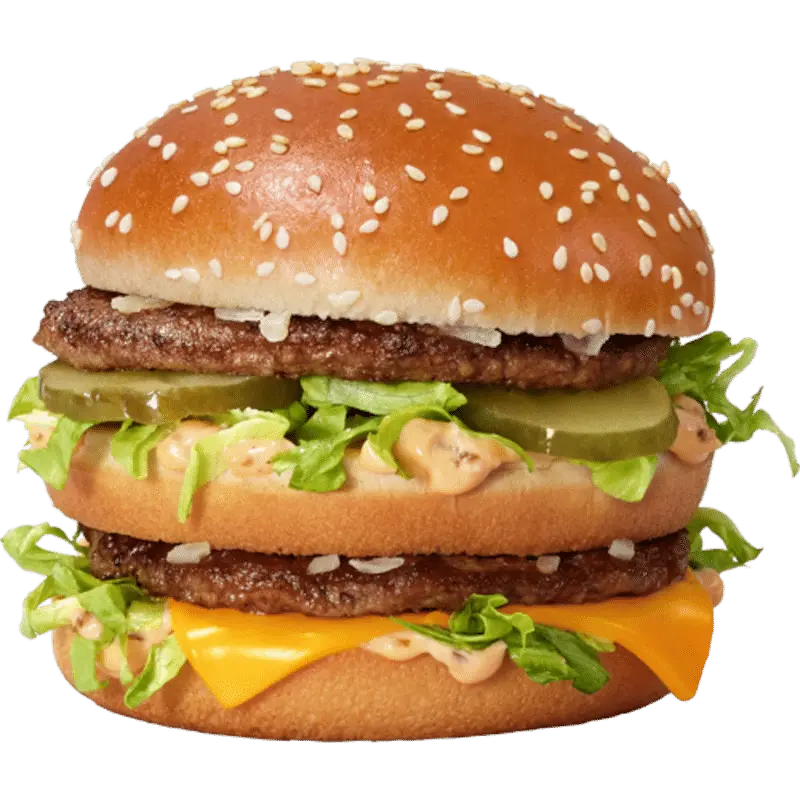
Kroc's Later Years and Legacy
Philanthropy
After retirement, Kroc devoted himself to philanthropy, donating millions of dollars through the Kroc Foundation to diabetes research, education, and military programs. He also purchased the San Diego Padres baseball team in 1974 to prevent them from leaving the city. His third wife, Joan Kroc, carried on his philanthropic legacy, donating billions of dollars after his death.
Death and influence
Ray Kroc died on January 14, 1984, at the age of 81. His legacy lies not only in the global success of McDonald's but also in his revolutionary impact on the fast-food industry. His business model (standardization, franchising, and real estate strategies) became a template for other brands and transformed how people eat and consume.
Later years and legacy
- 1974: Purchase the San Diego Padres baseball team.
- 1984: Ray Kroc dies, leaving behind a global fast food empire.

Ray Kroc's Revelation
Ray Kroc's story offers many insights:
- never give up: Starting McDonald's business at the age of 52, Kroc proved that success has no age limit.
- Vision and innovation: He saw the potential of the quick-service food system and achieved global expansion through standardization and franchising.
- Adhere to quality: The QSC&V concept ensures customer trust and sustainable development of the brand.
- Be decisive: Even in the face of controversy, he decisively bought out the brand rights and laid the foundation for McDonald's future.
McDonald's Growth History
Below is a chart showing McDonald's rapid expansion under Ray Kroc's leadership, showing the number of stores and revenue growth.
McDonald's store growth and annual revenue (1955-1984)
| years | Number of branches | Annual income (USD) |
|---|---|---|
| 1955 | 1 | unknown |
| 1959 | 100 | About 5 million |
| 1968 | 1,000 | About 100 million |
| 1975 | 3,000 | About 1 billion |
| 1984 | 7,500 | About 8 billion |
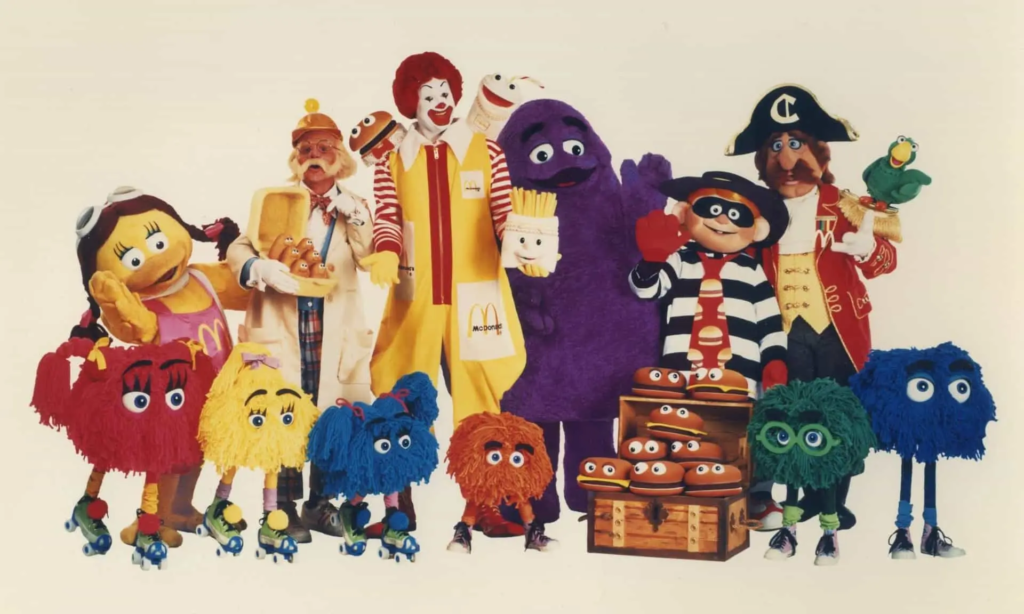
Xiao Feifei, Uncle McDonald, Hamburger Thief, Slippery Dudu
Notes:
- Number of branches: From the first store in 1955 to global scale in 1984.
- Annual income:
- Approximately US$5 million in 1959 → jumped to approximately US$8 billion in 1984, reflecting the brand's international success.
- Data from 1955 have not been made public (possibly during the trial operation phase).
Ray Kroc's story is a tale of dreams, perseverance, and innovation. From a simple milkshake machine salesman to a tycoon who built a global fast-food empire, his success proves that with vision and perseverance, anyone can change the world. McDonald's golden arches are more than just a brand logo; they symbolize Kroc's relentless pursuit of excellence. His story has inspired countless entrepreneurs and reminded us that there are no shortcuts to success, but with determination, any dream is possible.
Further reading:



![[有片]把與生俱來的「好色」,用以點燃事業的雄心](https://findgirl.org/storage/2025/11/有片把與生俱來的「好色」,用以點燃事業的雄心-300x225.webp)



![[有片]銷售的語言煉金術](https://findgirl.org/storage/2025/10/有片銷售的語言煉金術-300x225.webp)